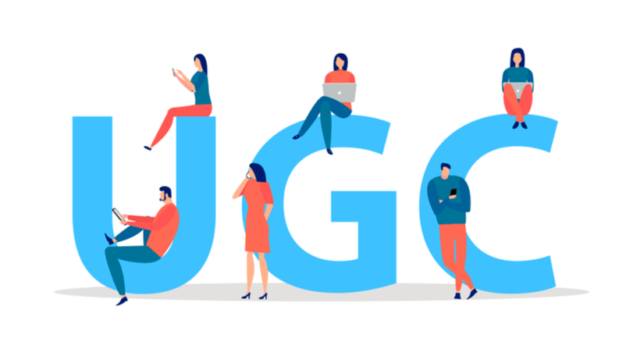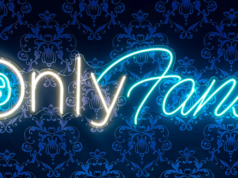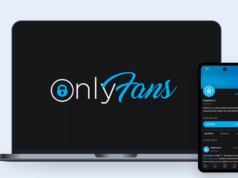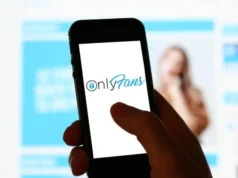
Content creation has experienced a significant shift in the era of the internet. Traditional media channels no longer have a monopoly on content creation and dissemination. Individuals, on the other hand, are increasingly taking charge of their own storylines and creating user-generated content that captivates audiences all over the world.
Because of its authenticity, engagement, and accessibility, user-generated content (UGC) has grown in popularity. It provides an unedited peek into the lives of ordinary people, making it more relevant than professionally produced entertainment. The attractiveness of UGC is fueled by authenticity. Audiences like the honesty and authenticity found in material generated by ordinary people. It offers a true insight into other experiences and opinions.
Another important component is engagement. UGC cultivates communities in which artists and audiences connect, fostering a sense of belonging. Creators may react to comments, participate in live discussions, and connect with their audience directly, fostering strong, dynamic connections. On UGC sites, diversity is fascinating. People from many walks of life offer their unique tales, expertise, and creativity. This broadens the content landscape by providing a wider diversity of voices and perspectives.
Accessibility is really important. Anyone may become a content maker with a smartphone and an internet connection, democratising content production. On UGC platforms, niche communities grow by combining fans with unique interests. Whether it’s a unique pastime or a specialised talent, UGC allows like-minded people to connect and share their interests. The relatability of the creators is a big lure. They frequently share comparable experiences, difficulties, and interests with their audience, allowing them to form deeper bonds.

UGC includes both control and empowerment. Creators have the freedom to construct their narratives and personal brands, which attracts those who want to determine their own success and creative path. Finally, UGC is distinguished by real-time updates and interaction, which keep information current and create dynamic connections.
In essence, the appeal of user-generated content stems from its authenticity, engagement, variety, accessibility, relatability, empowerment, and real-time interaction, all of which shape how we consume and produce material in the digital age.
OnlyFans
OnlyFans is one platform that embodies this paradigm change, but its emergence is only a microcosm of the larger trend. We will look at the phenomena of user-generated material, its ramifications, and its presence outside of OnlyFans in this post. It sprang to prominence in 2016 as a subscription-based social media platform where content providers, especially in the adult entertainment sector, could monetise their work. OnlyFans was distinguished by its creator-friendly strategy, which allowed users to directly charge their members for access to their material. Individuals might use this platform to govern their own content creation, distribution, and money generating.
OnlyFans’ success demonstrates the rising market for user-generated content. From fitness instructors and singers to chefs and painters, creators of many genres recognised the platform’s potential. They could now communicate directly with their target audience, providing exclusive material and experiences in exchange for financial support.
There is the other side of OnlyFans, the one which makes it a bit unacceptable in certain circles and with certain age groups. But hey! It is still a place where you can generate the content you want and distribute it however you want. For those of you who like that side of the OF then make sure you utilize the best way to search models by OnlyFans search location.
The Financial side

Traditional economic paradigms have been upended by user-generated content. It calls into question the traditional path of content development, in which media conglomerates controlled the keys to success. Creators keep a major amount of their revenue through platforms such as OnlyFans, resulting in income democratisation. This financial emancipation has spawned a new breed of entrepreneurs that survive on their ingenuity and charisma.
Furthermore, the “long tail” idea in content distribution has been expanded. Traditionally, mainstream media produced information for the people, sometimes bypassing specialised interests. OnlyFans and other user-generated sites have reversed the script, catering to a wide range of likes and inclinations. This move has enabled artists to identify their specific audience and generate content for them.
Beyond OnlyFans
While OnlyFans is a perfect example, the proliferation of user-generated content goes well beyond one site. Social media behemoths like YouTube, Instagram, and TikTok have long recognised the value of user-generated content, allowing individuals to become influencers and establish careers around their interests. Podcasting services such as Spotify and Apple Podcasts have provided voice to content creators all around the world.
The game industry, too, has welcomed user-generated content through platforms such as Roblox and Minecraft. Players are no longer simply consumers; they are also producers, creating their own games and experiences within these virtual worlds. This shift has blurred the distinction between player and developer, encouraging creativity and collaboration.
Furthermore, e-learning sites such as Udemy and Coursera have capitalised on the power of user-generated material. Courses may be created and monetized by instructors from various backgrounds, democratising education and extending access to information.
Challenges and Opportunities

The development of user-generated content has not been without its difficulties. The issues of content filtering, intellectual property rights, and ethical considerations continue to be a source of contention. Platforms must draw a fine line between encouraging artists and protecting their communities.
However, the possibilities are limitless. The democratisation of content creation has the ability to broaden audiences’ perspectives, promote diversity, and challenge existing power systems. It promotes creativity and innovation, allowing people to transform their interests into careers.
The bottom line
The emergence of user-generated material, epitomised by sites such as OnlyFans, demonstrates the revolutionary potential of the digital age. It has completely changed the way material is created, delivered, and sold. While OnlyFans pioneered the adult entertainment sector, its concept has subsequently influenced a plethora of other platforms in a variety of domains. User-generated content is no longer confined to a single industry; it has become a worldwide phenomenon that is influencing the future of media, entertainment, education, and other fields.
As we negotiate this changing landscape, it’s critical to recognise both the opportunities and the problems that this new era of content production brings. User-generated content has given the masses a voice, and its impact is only going to expand as technology continues to enable people to share their experiences, hobbies, and knowledge with the world.












